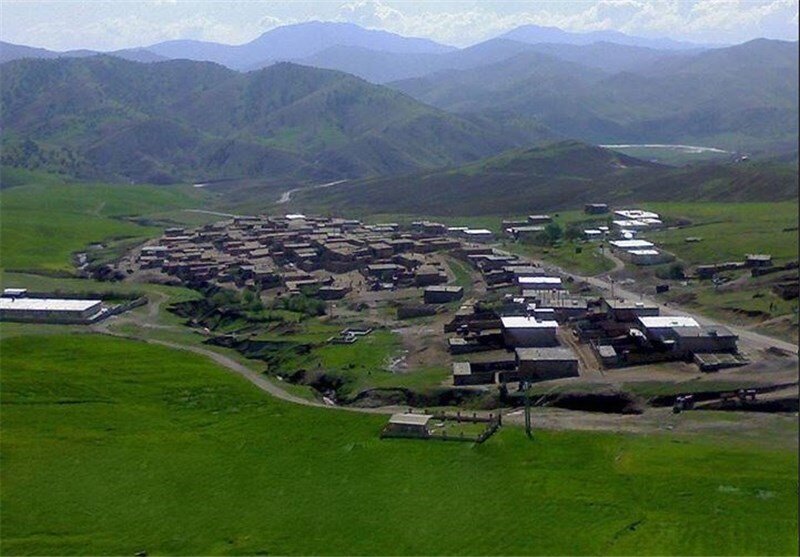25 sites, relics in Lorestan made national heritage

TEHRAN - A total of 25 historical and natural sites as well as ancient relics in the western province of Lorestan have been inscribed on Iran’s list for the national heritage, the provincial tourism chief has said.
Fifteen immovable properties and ten moveable items, dating back from the pre-historical times to the Islamic era have been added to the national heritage list, ISNA quoted Amin Qasemi as saying on Wednesday.
The items include historical monuments and [archaeological] hills, mostly located in Delfan county, as well as metal objects belonging to the Iron Age, the official added.
Iron Age is the final technological and cultural stage in the Stone–Bronze–Iron Age sequence. The date of the full Iron Age, in which this metal, for the most part, replaced bronze in implements and weapons, varied geographically, beginning in the Middle East and southeastern Europe about 1200 BC but in China not until about 600 BC, according to the Encyclopedia Britannica.
Although in the Middle East iron had limited use as a scarce and precious metal as early as 3000 BC, there is no indication that people at that time recognized its superior qualities over those of bronze.
Lorestan, which is a region of raw beauty, was inhabited by Iranian Indo-European peoples, including the Medes, c. 1000 BC. Cimmerians and Scythians intermittently ruled the region from about 700 to 625 BC. The Luristan Bronzes noted for their eclectic array of Assyrian, Babylonian, and Iranian artistic motifs, date from this turbulent period. Lorestan was incorporated into the growing Achaemenid Empire in about 540 BC and successively was part of the Seleucid, Parthian, and Sasanid dynasties.
ABU/AFM
